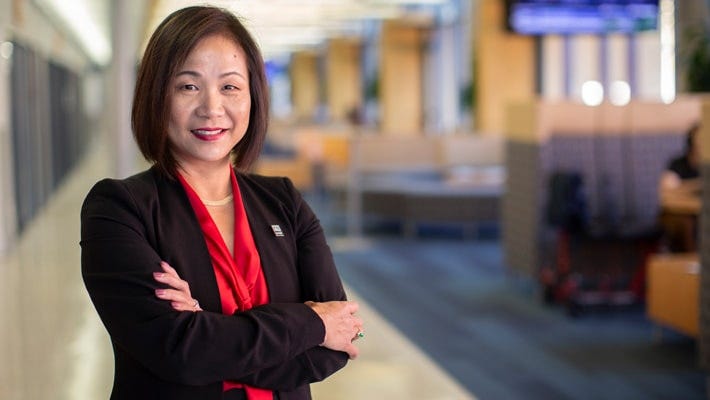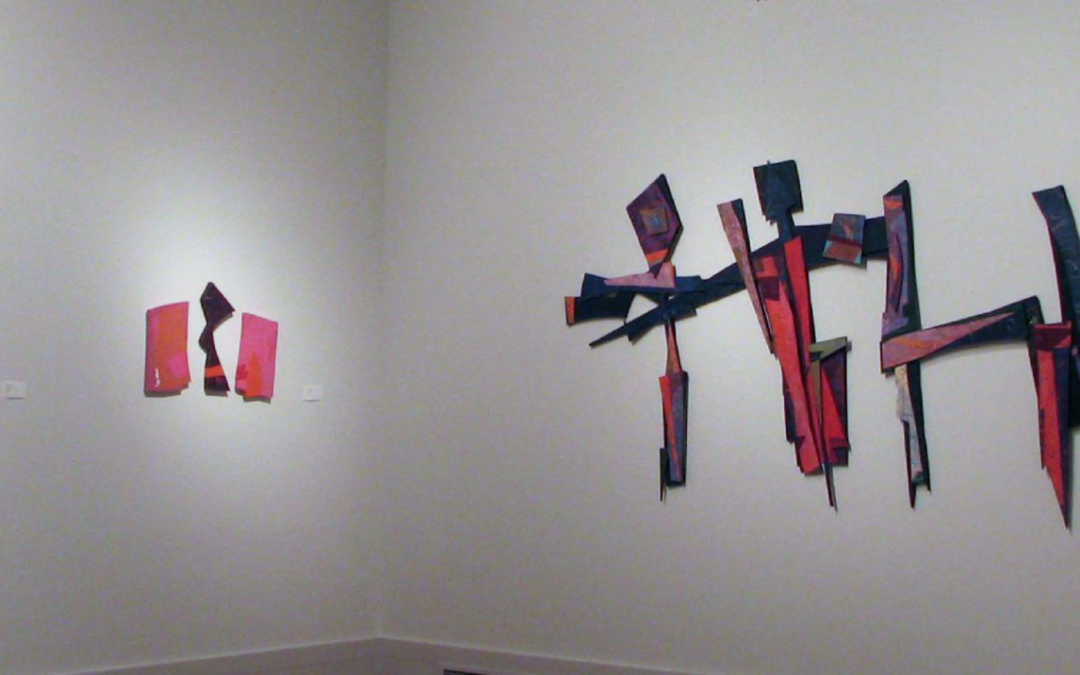
Let the Celebration Commence!
Let the Celebration Commence!
Okay, I’m really excited for three reasons:
- Commencement is finally here. It actually arrived. It’s a week that many students have been looking forward to and it felt like it would never come. Yet here it is. And we get to witness all the students we watched grow in learning and maturity launched into the world.
- After a long, dark period dominated by COVID-19, we are able to celebrate the accomplishments of so many who have worked so hard… wait for it… in person! From the staff in admissions to professors, housekeepers, and administrators, we are all thrilled to be able to share such a special moment in the same general space.
- We get to play dress up. With robes. I mean, technically it’s called “academic regalia,” but yeah, we dress up in robes. And I can’t wait.
If you ask a number of people in higher education, Commencement is their favorite day of the academic year, and not just for the unique wardrobe opportunity. It’s an emotional time, a reward for all the hard work and tears (and I’m not just talking about the students). This is a wonderful moment of passage in many lives and merits much celebration.
So, how do we celebrate? For one, we put on the robe, hoods, cords, and trenchars (mortarboards), and form a procession full of color with the clever individual messages on students’ heads.

But this part of the pageantry wasn’t always so vivid.
Back in the 12th century, as universities were emerging primarily as an arm of the Roman Catholic Church, black robes became the required uniform of students and professors. The color black was chosen to indicate the seriousness of the studies and most who wore them were clergy and religious students.
Over time, brown robes appeared, and in the more recent past we have seen many new shades of robes, including blues and crimsons, often representing school colors. Nowadays universities dictate the color of the robes.
And what about those colored hoods, you may ask? As time passed, more and more disciplines were developed within colleges and universities, so what has evolved is a color system related to the discipline each hood represents.
For example, in my picture I wear mustard yellow (not my favorite) hood for social work. And for the inquiring feminists out there, there is a loop on the point of the hood in front that attaches to shirt buttons to hold the hood in place…it was designed for men’s shirts. I use a safety pin.
You’ll also see gold ropes with tassels around undergraduate students’ necks (referred to as cords). These identify special honors. Some departments have even developed sashes that hang down the front to identify their students.
The effect of all this is a colorful stream of faculty and students, a rainbow of celebration, as they process to the familiar Pomp and Circumstance march.
I wouldn’t want to miss it for anything.
*Barbara’s thoughts as written by Kate based on weekly (fascinating) conversations.





